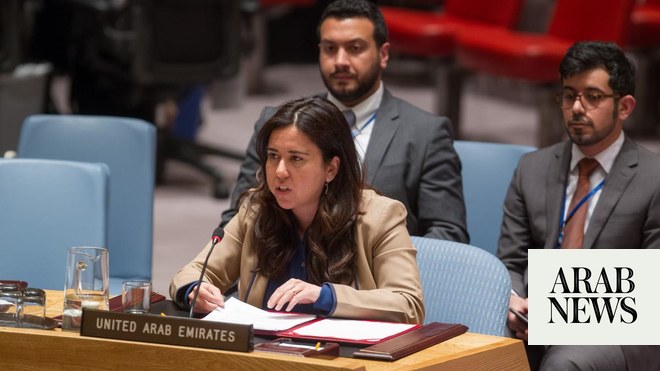
When the Iranian regime assumed power following the events of 1979, the theocratic establishment was mainly governed by one political faction: The Islamic Republican Party, ruled by the founder of the regime, Ayatollah Khomeini. Almost all political leaders were united under the leadership of the supreme leader at the time.
However, after the death of Khomeini, new political parties began emerging and labels such as “reformists,” “moderates,” “pragmatists” and “principlists” began circulating in media outlets. These became a popular way to characterize Iranian politicians domestically and internationally.
This new phenomenon assisted the regime for a while. First of all, the establishment was able to give ordinary people false hope that the reformists or moderates could bring about the political, social and economic change that they, particularly the youth, desired. This increased voter turnout as millions went to the ballot box to elect political figures such as Mohammed Khatami and Hassan Rouhani. In return, the regime could also use the high voter turnout to project the idea that it enjoys legitimacy.
Secondly, the new political factions enabled the government to falsely project to the rest of the world the image of a vibrant and functioning democracy. Finally, the new factions and labels became instrumental in the supreme leader and the Islamic Revolutionary Guard Corps (IRGC) achieving their revolutionary objectives. One prominent example was the important role the moderates played in lifting sanctions against Iran in 2015 by negotiating the Joint Comprehensive Plan of Action nuclear deal. The different factions also allowed Supreme Leader Ali Khamenei to evade accountability and responsibility, as he could blame the moderates or the reformists for all the country’s economic, social and political failures.
The reality is that Iran’s so-called moderates have long been a critical part of the regime’s political establishment. Many of them, including current President Rouhani, were robust supporters or founding fathers of the regime’s Shiite theocracy. These moderates, such as the late former President Akbar Hashemi Rafsanjani, were once called “hard-liners.”
To be a politician in Iran, your loyalty to the core pillars of the political establishment should be firmly proven. Vilayat-e Faqih is the foundation of the political thought expounded by Khomeini — it forces a guardianship-based political system on the people, requiring that a Shiite religious figure be the leader of the nation.
Political factions in Iran share the common interest of ensuring the survival of the regime. The only difference between the hard-liners, reformists and moderates is the methods they prefer to employ. In other words, the means to ensure the end are different, but the end is the same for all of them.
The moderates now want more power and a bigger stake in the political establishment.
Dr. Majid Rafizadeh
Nevertheless, while these different political factions were previously successfully managed by the regime, their differences are now spiraling out of control, deepening internal division and endangering the hold on power of the regime. For example, the state-controlled newspapers, which used to publish the same argument across the board, are now daily filled with criticisms and attacks against different political factions.
The moderates have long acted as puppets for the IRGC and the supreme leader and held ceremonial positions with no power, but they now want more power and a bigger stake in the political establishment.
A key example is the leaked recording of Iranian Foreign Minister Javad Zarif. He said in the leaked tape: “I have sacrificed diplomacy for the military field, rather than the field servicing diplomacy.” And he complained: “In the Islamic Republic, the military field rules.” Zarif and his ostensibly moderate political party might even have selfishly orchestrated this whole incident in order to distance the foreign minister from the regime, as they are sensing that the regime is at the end of its power and a potential revolution could overthrow it. In governments that are unpopular and close to being toppled, many opportunistic politicians will attempt to distance themselves from the regime in order to advance their political and financial interests in the post-revolution era and to evade prosecution.
Those who have the final say over Iran’s foreign and domestic policies — Khamenei and the senior cadre of the IRGC and its elite branch the Quds Force — will most likely act to eliminate this division, which has served them well for a long time but is now threatening the regime’s control. The supreme leader, the IRGC and the Quds Force will most likely try to fill all branches of the government with hard-liners and military leaders. If they place such a figure as the next president, they will have succeeded at controlling all the governmental branches.
Internal division has become a real danger to the Iranian regime, but the supreme leader and the IRGC’s senior cadre will most likely act quickly, crack down on such divisions, and attempt to fill the presidential role with a hard-liner.
Dr. Majid Rafizadeh is a Harvard-educated Iranian-American political scientist. Twitter: @Dr_Rafizadeh
Disclaimer: Views expressed by writers in this section are their own and do not necessarily reflect Arab News" point-of-view










